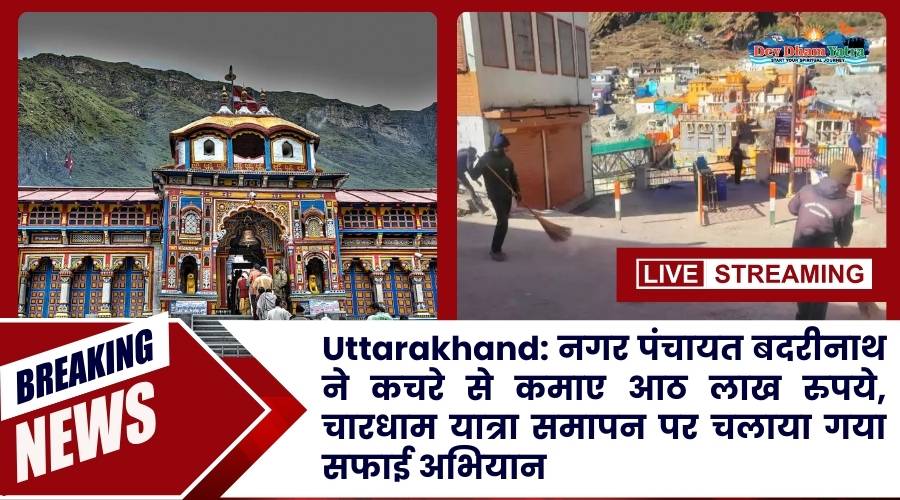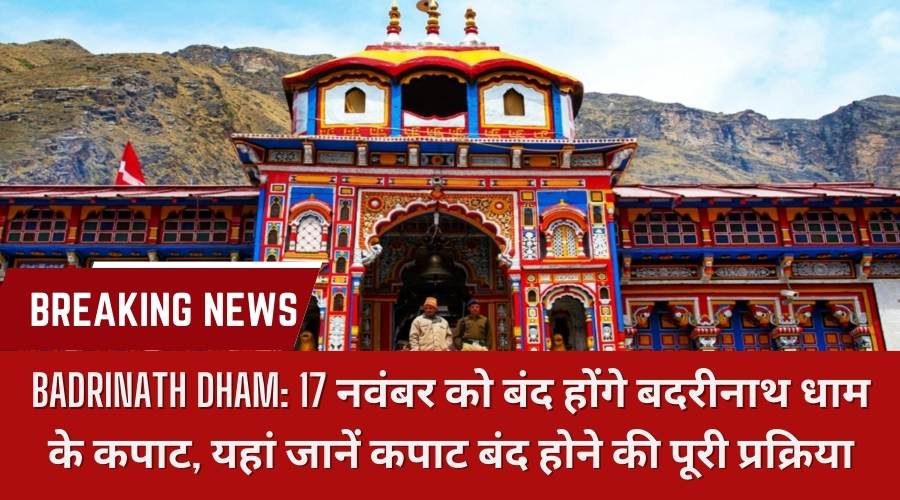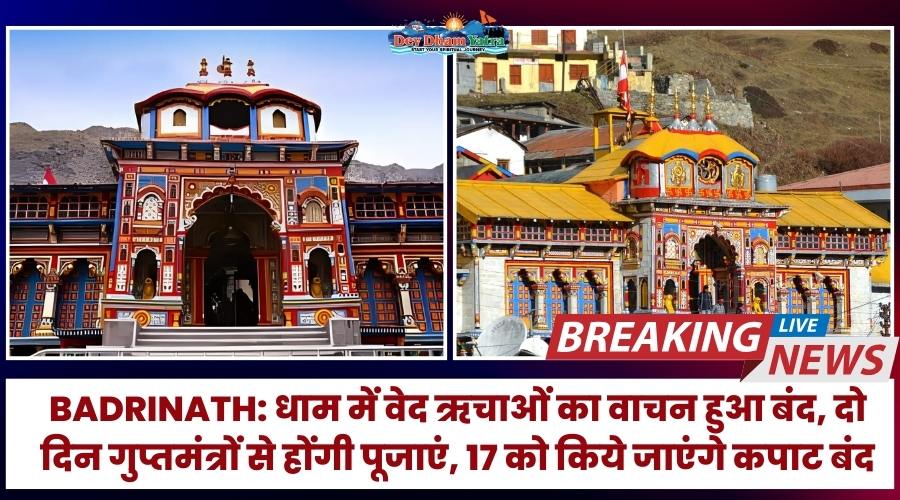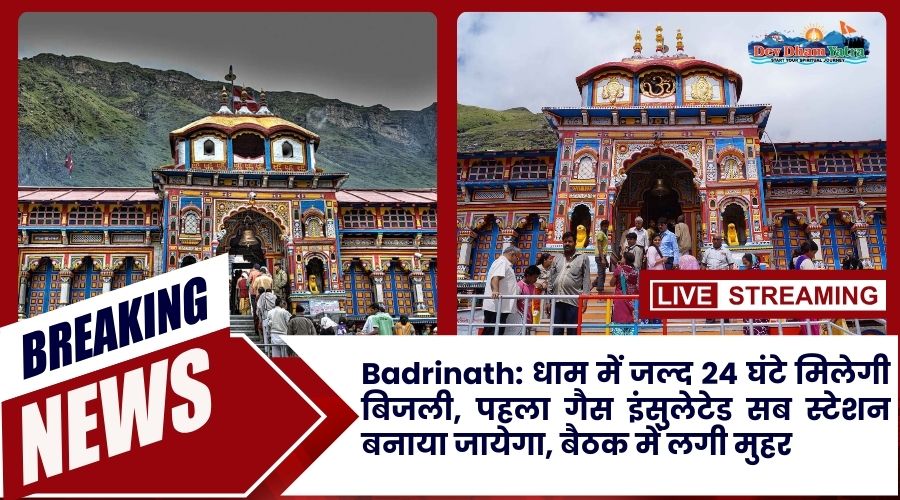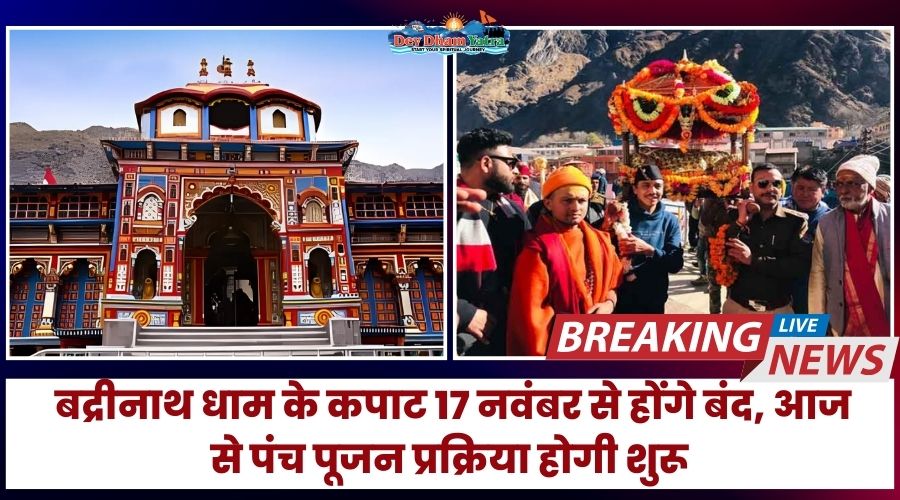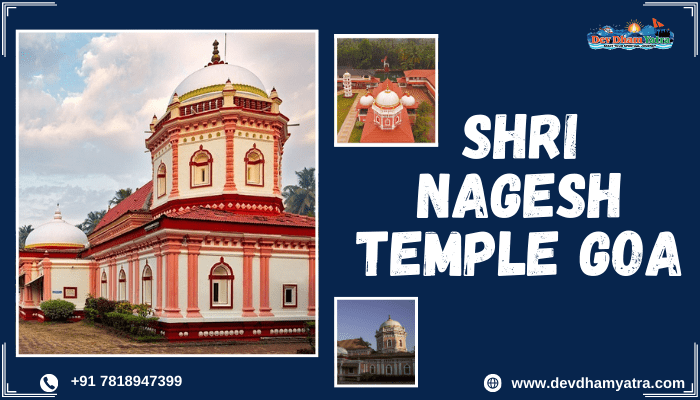Sanamahi Temple in Manipur: A Journey into History and Spirituality
Nestled amidst the picturesque landscapes of Manipur, Sanamahi Temple stands as a timeless symbol of reverence and spirituality. Steeped in centuries of history and cultural significance, this sacred sanctuary beckons visitors from far and wide to experience its mystical allure.
Exploring the Origins of Sanamahi Temple in Manipur
Sanamahi Temple, dedicated to Lord Sanamahi, is believed to have been built in the 15th century during the reign of King Khagemba. Legend has it that the temple was constructed to honor Lord Sanamahi, the supreme deity of the Manipuri people, who is revered as the creator of the universe and the protector of mankind.
The temple’s inception is shrouded in myth and legend, adding to its enigmatic charm. It is said that King Khagemba was inspired by a divine vision to erect a temple in honor of Lord Sanamahi, and thus, Sanamahi Temple came into existence. Over the centuries, the temple has stood as a testament to the unwavering faith and devotion of the Manipuri people, drawing pilgrims and spiritual seekers seeking solace and blessings.
Sanamahi Temple in Manipur Architectural Marvels
As you step foot into the temple premises, you are greeted by the mesmerizing sight of intricate architectural details and vibrant hues adorning the walls. The temple’s structure reflects a unique blend of indigenous design elements and artistic craftsmanship, showcasing the rich cultural heritage of Manipur.
The main sanctum of Sanamahi Temple is adorned with intricate carvings depicting scenes from Hindu mythology, while the exterior walls feature motifs and symbols that pay homage to Manipur’s cultural identity. Ornate pillars, elaborately carved facades, and intricately designed archways further enhance the temple’s aesthetic appeal, creating a visual symphony that captivates the senses.
Sanamahi Temple in Manipur Spiritual Significance
Sanamahi Temple holds immense religious importance for the people of Manipur, serving as a sacred pilgrimage site for devotees seeking blessings and divine intervention. The temple is dedicated to Lord Sanamahi, the presiding deity worshipped by the Manipuri community.
Devotees flock to the temple throughout the year to offer prayers and seek the blessings of Lord Sanamahi for prosperity, health, and happiness. Daily rituals and prayers are conducted by the temple priests, who ensure that the sanctity of the sacred space is preserved.
Cultural Heritage of Sanamahi Temple in Manipur
Beyond its religious significance, Sanamahi Temple is also a testament to the rich cultural heritage of Manipur. The temple serves as a center for cultural celebrations and festivals, where traditional dances, music, and rituals are performed to commemorate important occasions.
One of the most significant festivals celebrated at Sanamahi Temple is the Sanamahi Lainingthou Piba, which honors Lord Sanamahi and celebrates Manipur’s cultural heritage. During the festival, devotees gather at the temple to participate in colorful processions, traditional rituals, and cultural performances, showcasing the vibrancy and diversity of Manipuri culture.
Sanamahi Temple in Manipur Festivals and Celebrations

Throughout the year, Sanamahi Temple in Manipur plays host to a myriad of festivals and celebrations that attract pilgrims and tourists alike. From the vibrant colors of Yaoshang, Manipur’s own version of Holi, to the solemn rituals of Kang Chingba, the festival of Rath Yatra, the temple is a hub of cultural activity and spiritual fervor.
During these festivals, the temple comes alive with the sounds of traditional music, the aroma of incense, and the fervent prayers of devotees. Visitors have the opportunity to immerse themselves in the rich tapestry of Manipuri culture and witness firsthand the deep-rooted traditions that have been passed down through generations.
How to Reach Sanamahi Temple in Manipur: Flights and Trains from Delhi
Sanamahi Temple in Manipur is a beautiful and spiritual destination that many travelers from Delhi wish to visit. Here’s a simple guide on how to get there by flight and train.

.By Flight
Direct Flights to Imphal
The easiest and quickest way to reach Sanamahi Temple from Delhi is by taking a flight to Imphal, the capital city of Manipur. Several airlines operate direct flights from Indira Gandhi International Airport (DEL) in Delhi to Bir Tikendrajit International Airport (IMF) in Imphal.
Flight Duration
A direct flight from Delhi to Imphal typically takes around 2.5 to 3 hours.
Airlines
Major airlines like Air India, IndiGo, and SpiceJet offer regular flights on this route. It is advisable to book your tickets in advance to get the best deals and to ensure availability.
From Imphal Airport to Sanamahi Temple in Manipur
Once you arrive at Imphal Airport, Sanamahi Temple is about 8 km away. You can hire a taxi or use local transportation to reach the temple. The drive usually takes around 20 to 30 minutes.

By Train
Train To Guwahati
If you prefer traveling by train, the nearest major railway station to Imphal is in Guwahati, Assam. There are several trains from New Delhi Railway Station (NDLS) to Guwahati Railway Station (GHY).
Train Duration
The journey from Delhi to Guwahati by train can take around 24 to 36 hours, depending on the train you choose.
Popular Trains
Some popular trains on this route include:
- North East Express
- Rajdhani Express
- Brahmaputra Mail
From Guwahati to Imphal
Once you reach Guwahati, you can either take a connecting flight to Imphal or travel by bus or shared taxi. The flight from Guwahati to Imphal takes about 1 hour. If you choose to travel by road, the journey can take around 12 to 14 hours.
By Road from Guwahati to Imphal
Bus and Taxi Services
There are regular bus services and shared taxis available from Guwahati to Imphal. While the journey is long, it offers scenic views of the Northeast region.
Travel Tips
- Book in Advance: Whether you’re traveling by flight or train, it’s best to book your tickets in advance, especially during peak tourist seasons.
- Check Schedules: Train and flight schedules can change, so it’s a good idea to check the timings and availability before making your plans.
- Travel Light: If you plan to take a shared taxi or bus from Guwahati to Imphal, traveling with light luggage will make your journey more comfortable.
Conservation Efforts
In recent years, efforts have been made to preserve and protect the cultural heritage of Sanamahi Temple and its surroundings. Various organizations and government agencies have collaborated to undertake restoration projects aimed at conserving the temple’s architectural marvels and maintaining its historical integrity.
Additionally, initiatives have been launched to promote sustainable tourism practices and raise awareness about the importance of preserving cultural heritage sites like Sanamahi Temple. By fostering a sense of stewardship and community engagement, these efforts seek to ensure that future generations can continue to experience the beauty and spirituality of this sacred sanctuary.
Conclusion
A visit to Sanamahi Temple in Manipur is not just a journey through history and spirituality but also a glimpse into the soul of Manipur’s rich cultural tapestry. Whether you seek solace in its sacred ambiance or marvel at its architectural splendor, Sanamahi Temple promises an enriching experience that resonates long after you leave its hallowed grounds.
Embark on a pilgrimage to Sanamahi Temple and let its mystique weave a tapestry of history, spirituality, and cultural heritage that will leave you spellbound.
Embrace the tranquility of this sacred sanctuary and immerse yourself in the timeless charm of Sanamahi Temple, where history meets spirituality in the heart of Manipur.





